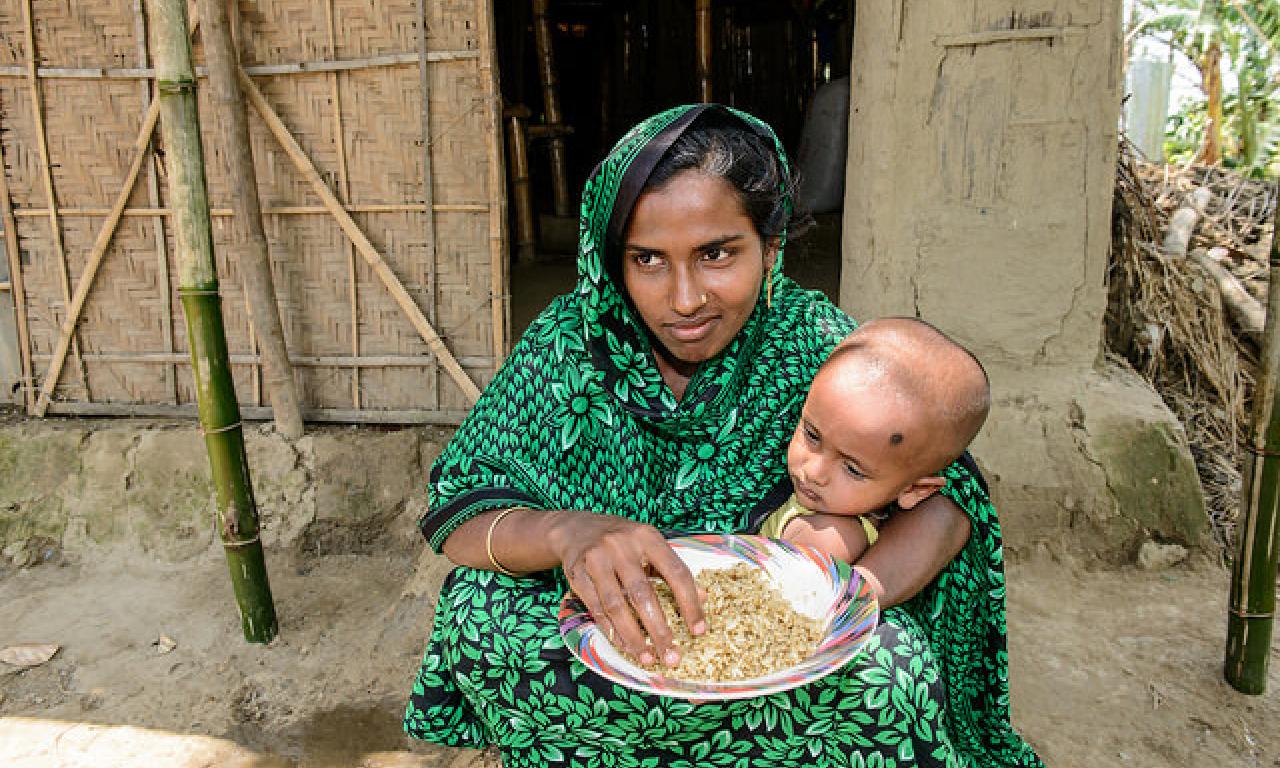
Oceans are home to thousands of species of animals and plants that provide an essential source of food, nutrition and income for millions, including many of the world’s poorest people. We all agree that our oceans are worth protecting. Indeed, one of the Global Goals for Sustainable Development calls for the conservation and sustainable use of our oceans, seas and marine resources. This makes perfect sense.
Recommended publications
- Nearshore fish aggregating devices (FADs) for food security in Solomon Islands
- Green economy in a blue world: synthesis report
Oceans are home to thousands of species of animals and plants that provide an essential source of food, nutrition and income for millions, including many of the world’s poorest people. We all agree that our oceans are worth protecting. Indeed, one of the Global Goals for Sustainable Development calls for the conservation and sustainable use of our oceans, seas and marine resources. This makes perfect sense.
Oceans are critical in any dialogue on international development. They support social and economic progress in many ways and any threat to them is likely to most impact poor and vulnerable communities who rely on them for food and income.
The inclusion of oceans and seas in the post-2015 development agenda has been hard won. To maintain and mobilize the support needed for an action agenda, more work will be needed. This work must build on the priorities identified in international forums such as the Global Oceans Action Summit for Food Security and Blue Growth and the Our Ocean Summit hosted by US Secretary of State John Kerry last year. The Global Ocean Commission report, From Decline to Recovery: A Rescue Package for the Global Ocean, also contains a solid set of recommendations.
Identifying high-level priorities is a first step, moving from “what to do” to “how to do it” is a second major step. A key to success will be how effective we are at fostering collective action among stakeholder groups. We need private sector, government, academic and civil society actors working together.
Making that happen will require systematic and evidence-based processes that create a shared view of a positive future, help to align existing efforts, and identify and fills gaps where needed. Ultimately, global action networks that redefine and strengthen longer-term institutional arrangements and action can evolve from such processes.
One example where we are moving in this direction is with our global fish food system.Fishing for a Future is an initiative that brings together key stakeholders from government, the private sector, and international and civil society organizations to identify and assess challenges in the fish food system and find solutions that can be pursued through collective action.
Analyses undertaken through Fishing for a Future indicate that the world’s requirement for fish for direct human consumption in 2030 will be approximately 232 million metric tonnes. This global need exceeds the trajectory of today’s production system which would likely produce around 170 million tonnes in 2030.
To close the 62-million-tonne gap (a 37% deficit relative to what is needed), three pathways are available: reducing waste, improving fisheries and growing aquaculture. Estimates suggest that dedicated efforts to reduce waste and loss along the value system and continued efforts to bring fisheries as close as possible to harvesting at maximum sustainable yield rates could contribute 15 million and 8 million metric tonnes, respectively. The remainder will need to come from an incremental increase in aquaculture production over current expectations of 39 million metric tonnes.
This is not simply a production challenge. These increases have to be done in ways that ensure fish is affordable and available for all and that the economic and nutritional benefits from the sector are equitably distributed. They must also be done in ways that sustain, and where needed, improve ocean health.
I believe global action networks, such as Fishing for a Future, are the right vehicles to develop a set of solutions that could help achieve these objectives. Areas for collective action will be discussed in various key global meetings over the coming months, including the upcoming World Economic Forum Summit on the Global Agenda 2015in Abu Dhabi, as part of the Oceans Council deliberations.
The adoption of an oceans SDG will certainly add the momentum needed to ensure profitable, well-governed and sustainable fisheries that delivers social and economic benefits to society and, above all, ensures a continuing supply of fish to equitably meet the needs of a growing population.
Originally published in The World Economic Forum Blog.
